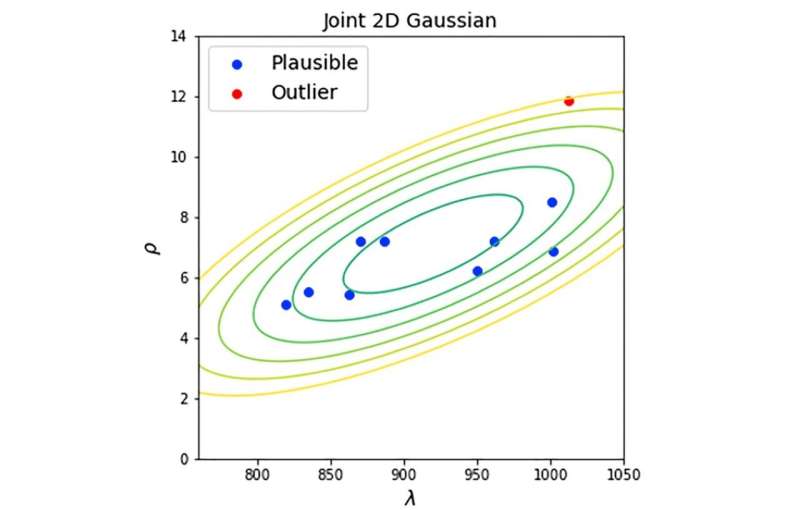This article has been reviewed according to Science X's editorial process and policies. Editors have highlighted the following attributes while ensuring the content's credibility:
fact-checked
proofread
A call for standardization of controls in lifespan studies

A new research perspective titled "On standardization of controls in lifespan studies" has been published in Aging.
In this new paper, researchers Olga Spiridonova, Dmitrii Kriukov, Nikolai Nemirovich-Danchenko, and Leonid Peshkin from Harvard Medical School's Department of Systems Biology discuss the burgeoning field of the search for interventions to slow down and even reverse aging.
Currently available literature cites hundreds of supposedly beneficial pharmacological and genetic interventions in model organisms: mice, rats, flies, and worms, where research into physiology is routinely accompanied by lifespan data. However, when experimental animals from one article live as long as controls from another article, comparing the results of interventions across studies can yield misleading outcomes.
"Theoretically, all lifespan data are ripe for re-analysis: we could contrast the molecular targets and pathways across studies and help focus the further search for interventions," the researchers write.
Alas, the results of most longevity studies are difficult to compare. This is in part because there are no clear, universally accepted standards for conducting such experiments or even for reporting such data. The situation is worsened by the fact that the authors often do not describe experimental conditions completely.
As a result, works on longevity make up a set of precedents, each of which might be interesting in its own right, yet incoherent and incomparable at least for the reason that in a general context, it may indicate, for example, not prolonging the life of an average organism, but compensating for any genetic abnormalities of a particular sample or inappropriate living conditions.
"Here we point out specific issues and propose solutions for quality control by checking both inter- and intra-study consistency of lifespan data," the researchers explain.
More information: Olga Spiridonova et al, On standardization of controls in lifespan studies, Aging (2024). DOI: 10.18632/aging.205604





















